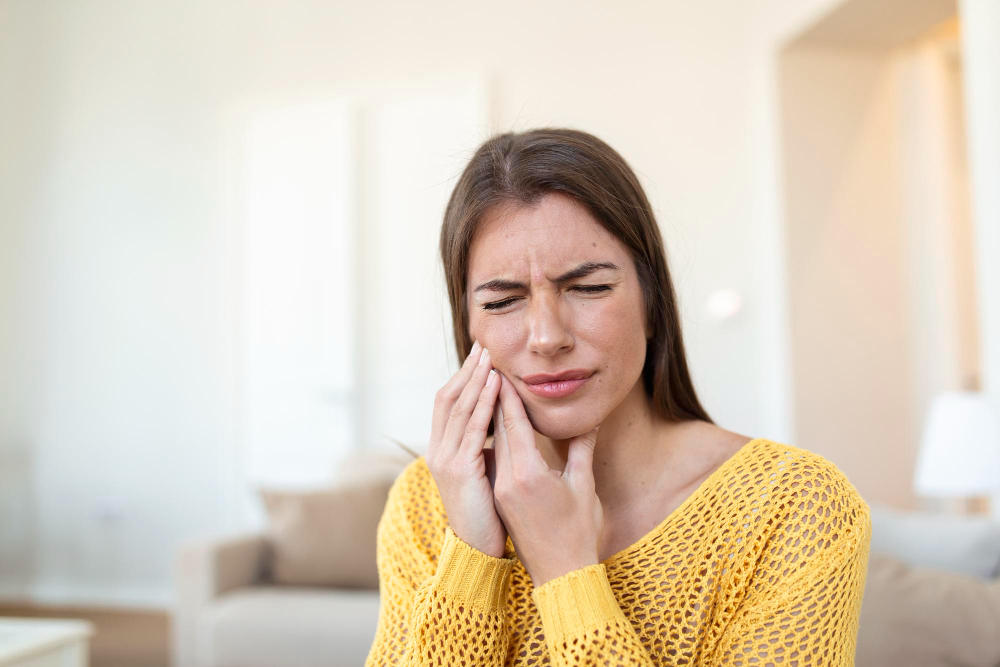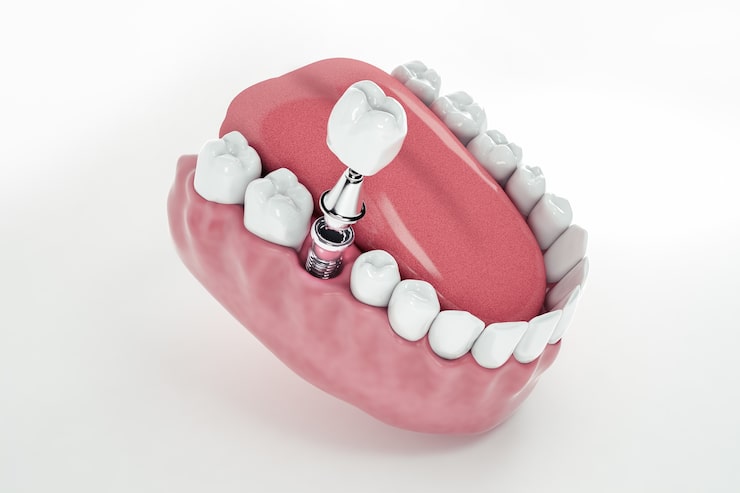Most patients expect relief after a root canal; the procedure aims to remove infection and stop pain, not prolong it. But recovery isn’t always immediate. Some experience soreness for a few days, while others report sharp discomfort when biting or a lingering sense that the tooth is still infect.
This can lead to understandable concern: Was something miss during treatment? Is further work need? Should the tooth still hurt this much? Mild discomfort is normal in the early days as the surrounding tissues heal. However, persistent or worsening pain may point to an underlying issue that needs attention.
Here are five common reasons why pain after root canal treatment doesn’t go away and what steps can be taken to address it.
Understanding the Common Causes of Post-Root Canal Pain
The following are some common reasons for pain after a root canal procedure:
The Tissue Around the Root is Still Inflamed
During a root canal, the nerve inside the tooth is removed, but the surrounding tissues near the root remain intact. These tissues can become irritated during the procedure, which may lead to temporary swelling and soreness.
After treatment, it’s common for the mouth to feel tight or bruised, and there may be pressure when chewing or touching the treated area. These symptoms typically occur within the first few days.
In most cases, this discomfort improves within a week. If the pain continues beyond that, it’s important to contact the dentist for further evaluation.
The Crown or Filling is Too High
After a root canal is done, the tooth is typically sealed with a crown or filling. In some cases, the restoration may sit slightly too high. Even a small difference in height can affect the way the teeth come together and create an uneven bite. This added pressure may lead to sharp pain when chewing.
Patients may notice that the treated tooth is the first or only one to make contact when the mouth closes. This discomfort usually does not resolve on its own and will persist until the crown or filling is adjusted.
A follow-up visit to the dentist can easily correct the issue. The restoration is smoothed or reshaped to restore proper bite alignment and relieve the pressure.
A Canal was Missed During the Treatment
Some teeth have more root canals than expected, and certain canals can be especially narrow, curved, or hidden. If a canal is missed during treatment and not properly cleaned, bacteria may remain inside the tooth. This can lead to infection, even after the root canal has been completed.
In such cases, patients may continue to experience pressure, pain, or swelling that does not improve over time. A small bump may also appear on the gum near the affected tooth, indicating persistent infection.
To assess the issue, the dentist will typically take new X-rays. If a missed canal is identified as the cause, the tooth may require a second root canal to remove the remaining infection. In some situations, a referral to an endodontic specialist may be necessary for further treatment.
An Infection has Returned or Wasn’t Fully Cleared
In certain cases, bacteria can remain inside the tooth after a root canal, particularly if the seal isn’t fully secure or if new bacteria enter the area later on. When this occurs, a new infection can develop.
Pain from this type of infection is often deep, throbbing, and persistent. Other symptoms may include warmth in the face, swelling in the gums, a bad taste in the mouth, or visible pus near the affected tooth.
This type of pain should be addressed promptly. Anyone experiencing these symptoms should seek prompt evaluation from their dentist. Treatment may include antibiotics, a second root canal, or another procedure to eliminate the infection and protect the tooth.
Pain Originates from a Different Source
In some situations, the tooth itself may be healthy, but the pain originates from nearby structures. Jaw muscles, surrounding teeth, or soft tissues can all be sources of discomfort. In rare cases, nearby nerves may continue to send pain signals even after the tooth has healed.
This type of pain can feel unusual; it may come and go, shift in location, or feel disconnected from any visible issue. X-rays may show a healthy tooth, and the gums might appear normal, yet the pain persists.
When this occurs, the dentist will first look for a simple explanation, such as a hairline crack in a neighboring tooth or signs of teeth grinding. If no clear cause is found, the patient may be referred to a specialist who focuses on nerve-related dental pain.
Is it Normal to Feel a Toothache After a Root Canal?
Yes, mild pain or tenderness after a root canal is normal, but only for a short time. It’s common for patients to feel some soreness when biting or chewing in the first few days following the procedure. This discomfort should gradually improve each day.
Most individuals feel significantly better within three to five days, though some residual soreness may last up to two weeks. However, if the pain increases over time or occurs alongside swelling or fever, it may signal a complication. In such cases, the patient should contact their dentist promptly, as those symptoms are not part of normal healing.

Managing Pain After a Root Canal
Here are a few things that help during the healing period:
- Use over-the-counter pain relievers such as acetaminophen or ibuprofen
- Apply a cold compress to the outside of the face in short intervals to reduce swelling
- Avoid chewing on the side of the mouth with the treated tooth
- Brush gently to keep the area clean without irritating the tissue
- Be sure to follow all post-treatment instructions from the dentist to support proper healing
If tooth pain after a root canal lasts more than a week or becomes more severe, it’s important to schedule a follow-up visit. The dentist may need to take X-rays or provide additional treatment to address the underlying cause.
When to Go Back to the Dentist?
Persistent discomfort should not be ignored. Patients should contact their dentist if any of the following occur:
- Pain worsens after a few days
- Pressure or warmth is felt around the tooth
- Swelling appears in the gums or face
- A bad taste or pus is present
- Fever develops
- Pain interferes with eating or sleeping
These symptoms may indicate that the tooth requires further care or treatment. Prompt evaluation can help prevent complications.
Need Help with Pain After a Root Canal?
Experiencing pain after root canal treatment can be frustrating, especially when the expectation is relief. In most cases, mild soreness is part of the healing process and improves within a few days. However, persistent or worsening pain may point to an underlying issue that needs attention, such as inflammation, bite problems, missed canals, or reinfection.
As one of the best Le Sueur dentists, Le Sueur Family Dental helps patients who are still in pain after a root canal treatment. We can adjust fillings, check for infection, or retreat the tooth if needed.
If you’re unsure what’s causing your pain, the best next step is to get it checked. Relief starts with knowing what’s going on. Visit us at 219 S 2nd St, Le Sueur, MN 56058, or call +1 507-665-6812 to schedule an appointment.




